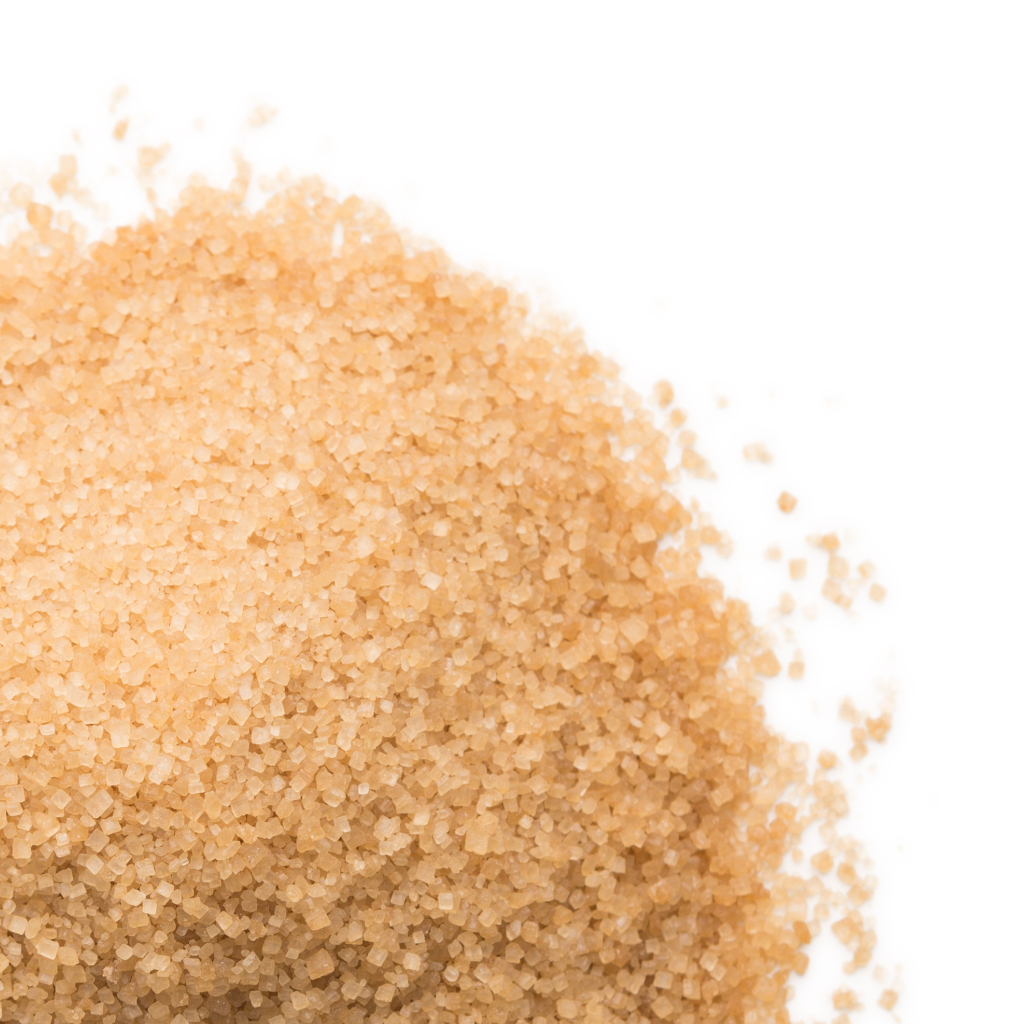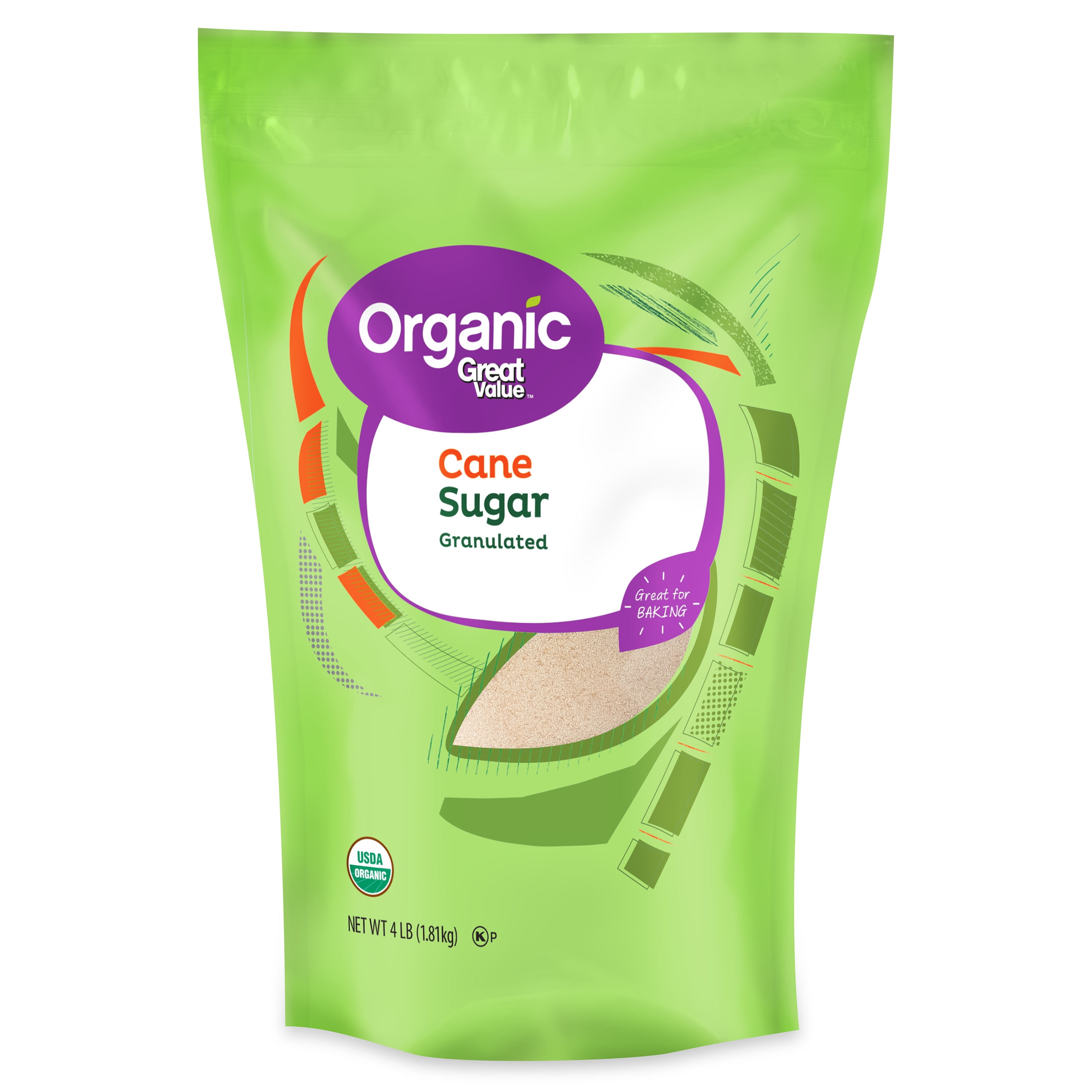Recognizing Cane Sugar Processing: A Comprehensive Introduction of the Stages
Recognizing Cane Sugar Processing: A Comprehensive Introduction of the Stages
Blog Article
Discovering the Comprehensive Tips Involved in Walking Stick Sugar Handling From Harvesting to Refinement
The process of walking cane sugar manufacturing incorporates a series of elaborate actions, starting with the cautious harvesting of sugarcane and culminating in the refinement stages that guarantee the final item fulfills industry standards. Each phase, from the removal of juice to the filtration and crystallization processes, plays an essential duty in establishing the high quality and character of the sugar.
Harvesting Sugarcane
Gathering sugarcane is an important action in the walking cane sugar handling chain, as it directly influences the high quality and yield of the end product. Correct timing and methods are essential throughout this stage to ensure optimum sugar material and decrease losses. Generally, sugarcane is collected when it reaches maturation, normally 12 to 18 months after growing, defined by a high sucrose focus.

Post-harvest, the sugarcane has to be processed promptly to stop sucrose deterioration. Preferably, collected cane should be carried to processing centers within 24-hour to preserve sugar top quality. Therefore, reliable logistical planning is essential to preserve the integrity of the gathered plant throughout the supply chain.
Removal Refine

The smashed cane undergoes a series of pressing procedures to optimize juice recovery. Normally, warm water is splashed onto the smashed walking stick, producing a countercurrent flow that assists dissolve the sugar while additionally assisting in the removal process. The juice gathered from this operation has not only sugar yet also different natural substances and contaminations.

To boost removal efficiency, some centers might use diffusion approaches, where the sugarcane is soaked in warm water, permitting the soluble sugars to diffuse right into the liquid. The resulting juice, rich in sucrose, is then guided to subsequent handling stages, laying the structure for filtration and improvement. The extraction procedure is therefore essential in identifying the top quality and yield of the last sugar item.
Purification Methods
The purification strategies utilized in walking stick sugar processing are essential for transforming the raw juice into a high-quality sugar product. These approaches largely aim to remove impurities, such as dirt, plant products, and inorganic substances, which can adversely influence the end product's taste and shade.
Among the most common purification techniques is clarification. This process entails adding lime and warm to the raw juice, which assists in the coagulation of contaminations. The resulting precipitate is then removed through sedimentation or purification, yielding a clearer juice. Furthermore, using phosphoric acid can enhance the clarification procedure by additional binding contaminations.
Another significant strategy is carbonatation, where carbon dioxide is presented to the cleared up juice. This response produces calcium carbonate, which catches staying contaminations and promotes their elimination.
In addition, triggered carbon treatment may be put on adsorb any type of remaining colorants and natural impurities, making sure an extra polished item. The combination of these methods effectively prepares the sugar juice for subsequent action in the refining process, establishing the phase for the production of high-grade cane sugar.
Condensation Approaches
After the filtration phase, the next crucial step in walking stick sugar processing includes condensation methods, which play a crucial function in changing the cleared up juice into solid sugar. This procedure usually utilizes 2 key approaches: spontaneous crystallization look at here now and controlled crystallization.
In spontaneous formation, supersaturated sugar services are allowed to cool normally, bring about the formation of sugar crystals with time. This approach is simpler however may lead to unequal crystal dimensions and lower pureness levels. On the other hand, controlled crystallization is a much more precise technique where seeding, focus, and temperature representatives are thoroughly handled. This method enables the uniform development of sugar crystals and greater purity.
During formation, the clarified juice is focused through evaporation, boosting its sugar content until it gets to supersaturation. Once this point is accomplished, either technique can help with the crystallization procedure. Cane Sugar Processing. The resultant sugar crystals are then separated from the staying syrup through centrifugation
Ultimately, the option of condensation technique influences the quality, dimension, and purity of the final sugar product, making this step necessary in the overall cane sugar processing treatment.
Refinement and Packaging
How can the pureness and top quality of walking cane sugar be additionally improved after crystallization? The improvement procedure plays a critical function in accomplishing high-quality walking stick sugar.
Following, the sugar goes through a process called centrifugation, where it is spun at broadband to separate the cleansed sugar crystals from the continuing to be fluid. After centrifugation, the sugar is commonly further refined with a method called carbonization or phosphatation, which utilizes triggered carbon or phosphoric acid their website to get rid of color and off-flavors.
When fine-tuned, the sugar is dried to accomplish the desired dampness web content, making certain that it stays stable during storage and transportation. The last action entails product packaging the polished sugar in moisture-proof and closed containers to maintain its top quality and avoid contamination. Cane Sugar Processing. Proper product packaging not just expands rack life yet likewise assists in easy handling and distribution, making sure that customers get sugar that meets the highest possible criteria of pureness and quality
Conclusion
The detailed actions entailed in cane sugar handling, from the precise harvesting of sugarcane to the elaborate improvement and packaging phases, highlight the significance of each phase in making sure top notch sugar manufacturing. Optimal harvesting techniques, efficient removal techniques, and strenuous purification procedures jointly contribute to the final item's purity and stability. The condensation and succeeding packaging practices better improve the integrity and service life of the sugar, highlighting the intricacy and precision fundamental in this necessary farming sector.
The procedure of cane sugar manufacturing includes a collection of detailed actions, starting with the mindful harvesting of sugarcane and culminating in the refinement stages that guarantee the final item fulfills market criteria. Ideally, collected walking cane must be transferred to refining centers within 24 hours to preserve sugar high quality.In spontaneous crystallization, supersaturated sugar remedies are allowed to cool down naturally, leading to the development of sugar crystals over time - Cane Sugar Processing. The improvement process plays a crucial function in achieving high-quality cane sugar.The extensive steps involved in walking cane sugar i was reading this handling, from the careful harvesting of sugarcane to the complex improvement and product packaging phases, highlight the relevance of each phase in making certain premium sugar production
Report this page